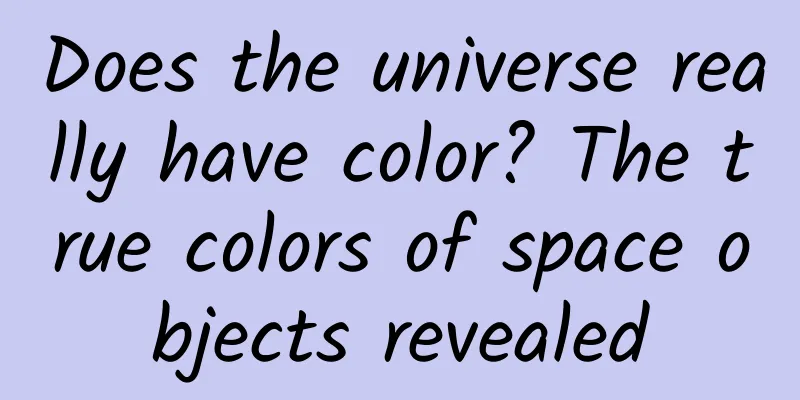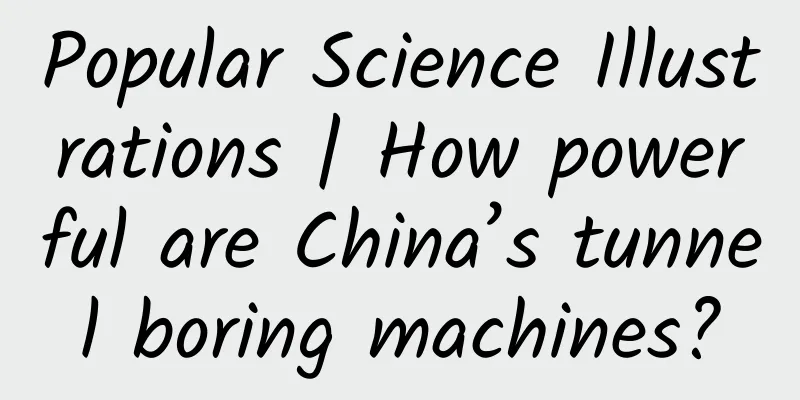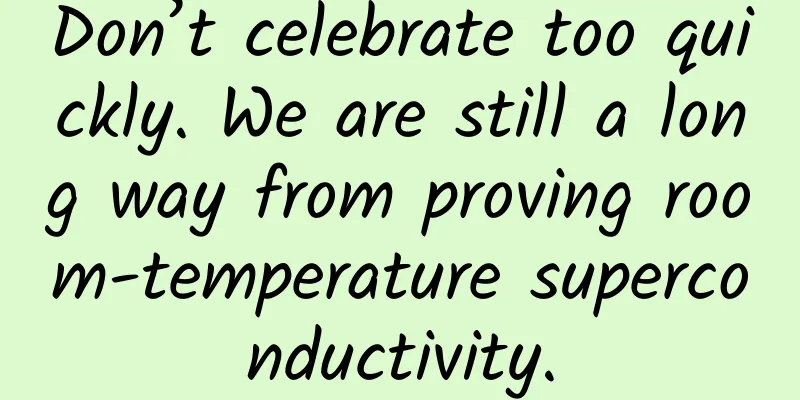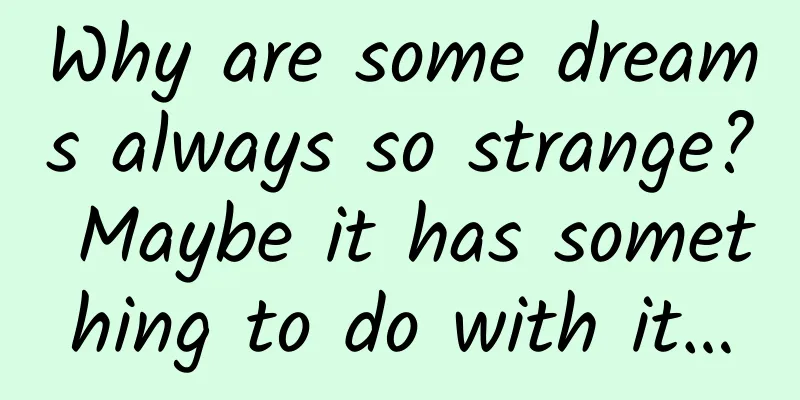Does the universe really have color? The true colors of space objects revealed

|
What are the true colors of the James Webb Space Telescope images? Are these space objects really so colorful? The James Webb Space Telescope captured this close pair of active stars called Herkig-Hare 46/47 in high-resolution near-infrared light. Look for them at the center of the red diffraction spike, which appears as an orange-white spot. (Image credit: NASA, ESA, CSA. Image processing: Joseph Rasauale (STSCW)) NASA's James Webb Space Telescope (JWST) is known for capturing our universe with unprecedented precision and sensitivity. Its images are not only scientifically useful, but also beautiful. From the blues and golds of the Southern Ring Nebula to the pinks, oranges and purples of Cassiopeia, JWST images bring the universe to life in brilliant color. These images are so stunning that you might be wondering, do these cosmic objects really look so colorful? What would they look like if we could see them with our own eyes instead of through a telescope? "The quick answer is, we don't know," said Alyssa Pagan, a science visual developer at the Space Telescope Science Institute (STScI), who is part of the team working to bring color to JWST images. But one thing is certain: You won't see the universe like this. JWST is an infrared telescope, which means it "sees" the universe in wavelengths of light longer than red light, which has the longest wavelengths we can detect with our eyes. If you could look at these objects directly, you'd probably see something closer to images from a telescope that relies on visible light, like the Hubble Space Telescope, Pagan said. But even that comparison wouldn't be entirely correct, because Hubble is so much larger and more sensitive than the human eye. What's more, a visible-light telescope would likely pick up different image features than an infrared telescope, even when focused on the same target. So how are the colors chosen for these spectacular images? The JWST targets are viewed through several filters mounted on the telescope, which "see" a range of infrared light wavelengths. JWST's Near-Infrared Camera, the telescope, has six filters, all of which capture slightly different images. Combining these images into a composite allowed Pagan and Joe DePasquale, another science visual developer at JWST STScL, to create the full-color image. When Pagan and DePasquale first received these images, they appeared in black and white. Color was added to the images later, Pagan explains, as data from various filters were translated into the spectrum of visible light. The longest wavelengths appear as red, while shorter wavelengths appear as blue or violet. "We're using this relationship with wavelength and color of light, and we're just applying it to infrared," Pagan says. Once each color is added to the image, it will likely undergo some additional changes. Sometimes, the original color can make an image look washed out or dusty, giving it a sharper quality. The color can be changed to emphasize certain features that are difficult to identify. Pagan and DePasquale also work with researchers to make sure the images are scientifically accurate, especially if they need to be presented in conjunction with a specific scientific discovery because the light has been stretched to travel such a long distance, Pagan said. While color images can't provide specific scientific data, they can help illustrate certain discoveries. Sometimes they can also help scientists see areas they might want to study, Pagan said. For example, in JWST's first deep field view, the most distant objects - which appeared red - provide targets for studying the early universe, when these objects may have existed in the deep field. The colors in the JWST images may not be "real," but make no mistake — the colors aren't meant to trick you, nor were they chosen to look good. The images are intended to convey as clearly as possible what JWST can see — and what our eyes can't. "We just want to enhance things to make it more scientifically digestible and more appealing," Pagan said. The iconic pillars of creation. On the left, an observation from the Hubble Space Telescope, on the right, a new image from the James Webb Space Telescope. (Image credits: NASA, ESA, CSA, STScI; Joseph ReRasawale, (STScI), Anton M. Koekemaer (STScI), Alyssa Pagan (STScI). ) You can see some of the differences between visible-light and infrared telescope images by comparing JWST and Hubble's images of the iconic Pillars of Creation. In the Hubble image, much of the pillars appear deep red, while the JWST image depicts much of the pillars in golden and orange hues. This means that the pillars emit visible light at longer wavelengths (red) but closer to the middle of the infrared light spectrum depicted in the image. Much of the obscuring material surrounding the pillars in the Hubble image, and even some of the material in the pillars themselves, is absent in the JWST image, meaning that this portion of the gas and dust is transparent in the infrared. The JWST image also highlights more red star-forming regions that are covered by thick clouds of gas and dust in the Hubble image. By: Rebecca Sohn FY: He Danhuai If there is any infringement of related content, please contact the author to delete it after the work is published. Please obtain authorization for reprinting, and pay attention to maintaining integrity and indicating the source |
>>: As the Great Heat arrives, what should you pay attention to in order to maintain your health?
Recommend
Tencent is fighting against TikTok with another ace up its sleeve: a simple editing app that you can use in seconds
Recently, Tencent released a very easy-to-use vid...
How to place WeChat public account advertisements to achieve the best results?
We all know that WeChat ads are divided into Mome...
The Ultimate iOS Development Toolkit: Top 10 Essential Tools
As an iOS developer, having the right tools can g...
A collection of features of 17 mainstream online marketing and promotion channels!
We have sorted out 17 mainstream online marketing...
A practical guide to user growth
User growth is no longer a new concept. Many comp...
Get these six points, attracting seed users will not be a problem
After everyone has experienced the first three ti...
Sweet Trap——“Healing Sweets” or “Sweet to Sadness”?
● It’s not good to eat sweets. ● Eating sweets ca...
The research has confirmed: If you are sleepy but don’t sleep, your DNA will be damaged!
We all know that humans spend 1/3 of their lives ...
Digging the root | Are microplastics really as scary as "getting into your brain and chewing your marrow"? The truth may be far from what you think
gossip "Be careful! Your body may be infiltr...
2021 Beauty and Skin Care Marketing Strategy
This may be the most comprehensive beauty and ski...
6.18 How to use Taobao public domain traffic?
Although there is still a month to go until June ...
Exploring the Sun, we did it!
Nearly 100 solar flare activities have been obser...
The egg yolk pie, a national snack and even a favorite of internet celebrities, has also collapsed?
Review expert: Wang Guoyi, Postdoctoral Fellow in...
Chicken soup is poisonous: Don’t let other people’s experience kill you when operating a public platform
With 549 million monthly active WeChat users and ...
Can tiny moss help realize “interstellar migration”?
Produced by: Science Popularization China Author:...









